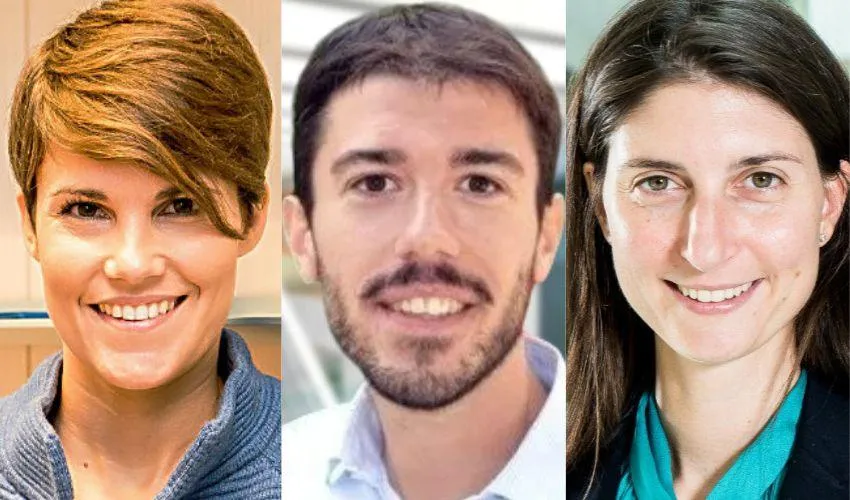
Families of Disabled Children in Lombardy, Between Resources and Needs
One of the most far-reaching and at the same time least understood aspects of disability is that it does not only affect the person with the disability but it also has very significant social consequences, starting with their family. Institutions, for their part, deploy resources to assist this particularly vulnerable population. However, these resources are often too scarce to cover all needs, and families sometimes do not access some services for fear of being stigmatized, or because they are not sufficiently informed.
The chilDfam project, curated by Nicoletta Balbo and Giulia Cappellaro of the Department of Social and Political Sciences (with the collaboration of Danilo Bolano of Bocconi's Dondena Centre for Research on Social Dynamics and Public Policy), which won funding from the Fondazione Cariplo, aims precisely at identifying these mismatches between supply of care services and actual needs, focusing on Lombardy. The multidisciplinary approach that will be adopted to arrive at the goal, that is, combining quantitative and qualitative methodologies, makes it complex, but also particularly scientifically sound. For the first time, the effects of childhood disability on families will be comprehensively investigated, taking advantage of demography, sociology, social network studies, health services research, and computational social science.
More specifically, the project seeks to answer three main questions, which concern three forms of inequality. The first is how and how much the presence of a disabled child shapes the lives of other members of his or her family economically, but also in terms of personal and professional life choices. The second is to identify the psychological, social and institutional barriers to accessing resources to support these families. Finally, we need to chart the care structures available in Lombardy and any differences between one city and another, between urban and rural contexts. This is because an organized and consistent database of care services in the broadest sense, from social and health care to recreational services, is not currently available in Lombardy.
The project plans to cross-reference precisely the physical location (urban/non-urban) with a hitherto little-studied dimension, namely the greater or lesser "institutionalization" of treatment, defined as the availability of specific resources such as dedicated support groups. The rarest pathologies, therefore, are the least institutionalized.
Quantitative data will come from Istat [the national statistics agency] surveys and Inps [the national welfare institution] records, while qualitative data will be collected through interviews with family members of disabled children. To complete the picture, and thanks to new computational techniques, all the information available on the Internet about services to the disabled available in Lombardy will also be tallied and mapped.
In addition to its scientific importance, the project will yield important insights for improving the design of care policies, highlighting what needs remain unmet and how families cope with them.
"By studying the demand (barriers and coping strategies of families) and supply (health, rehabilitation and socialization facilities) of child disability assistance in Lombardy, we can shed new light on the appropriate health and policy interventions that need to be implemented," Giulia Cappellaro explains. "Moreover, by investigating the impact of childhood disability on the life trajectories of family members, their health problems, well-being and social involvement, this project deals both with family processes in general and with the special case of Italy's most vulnerable families," Nicoletta Balbo comments.